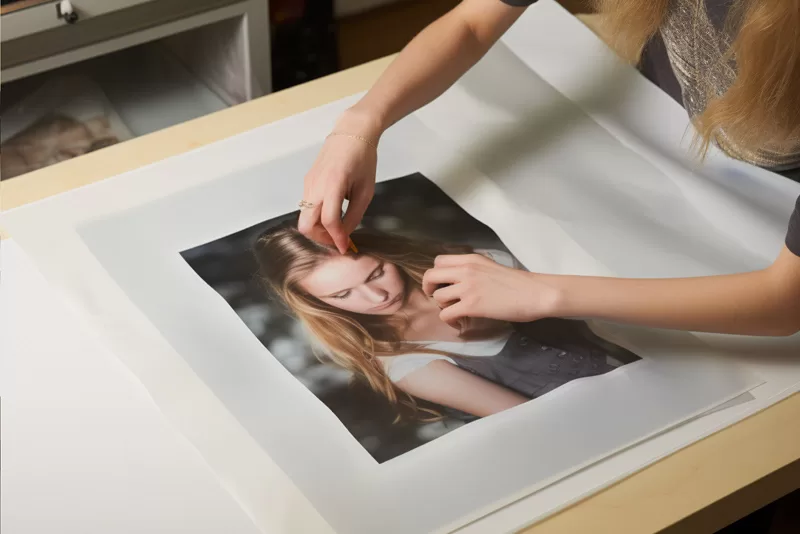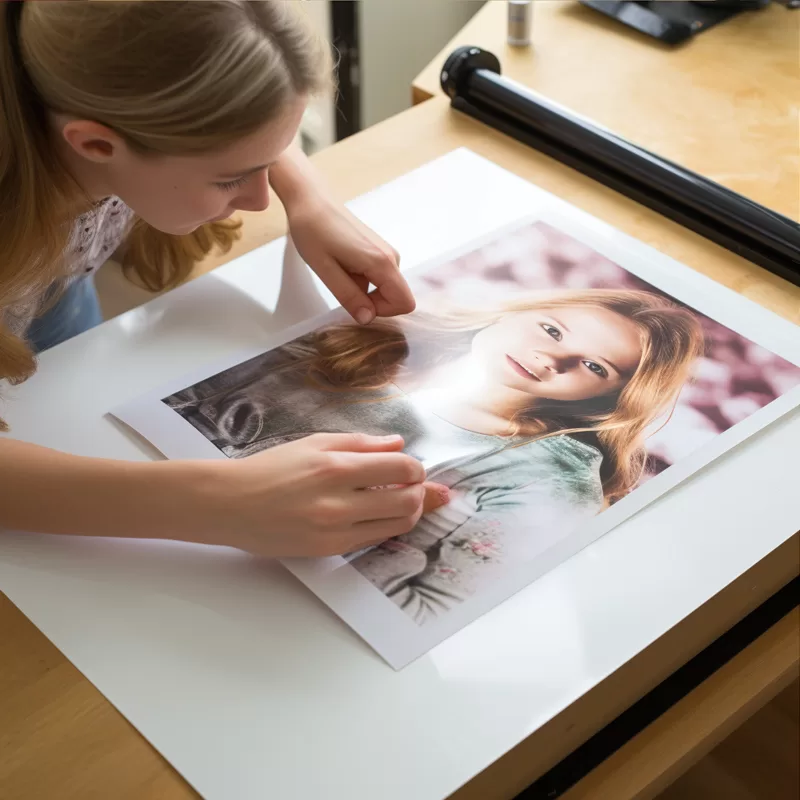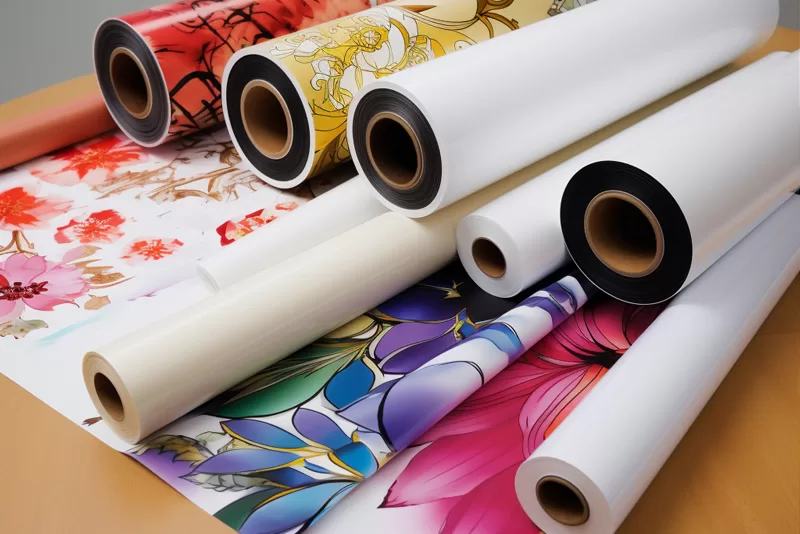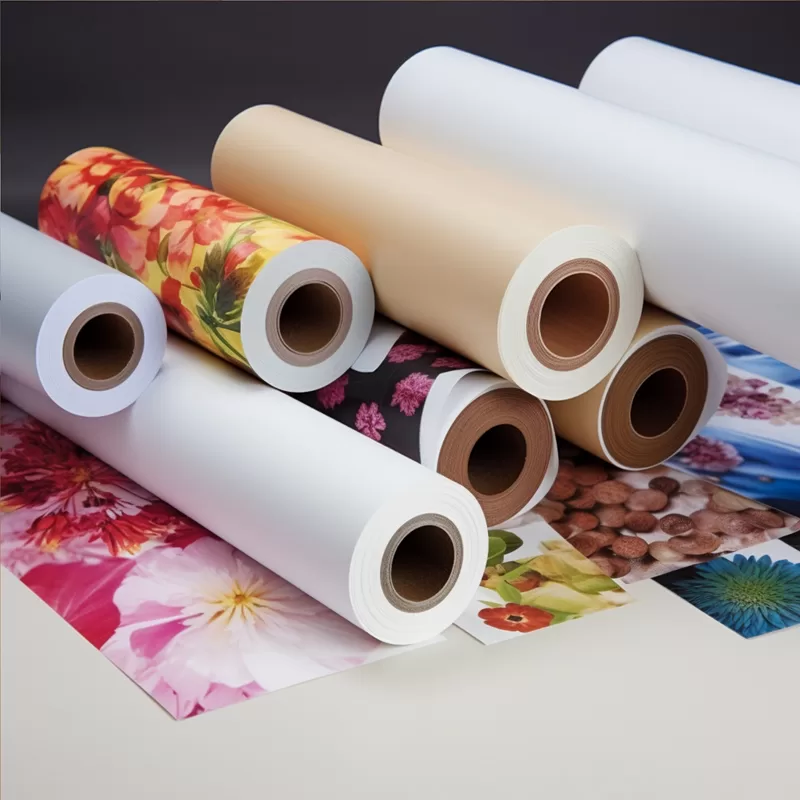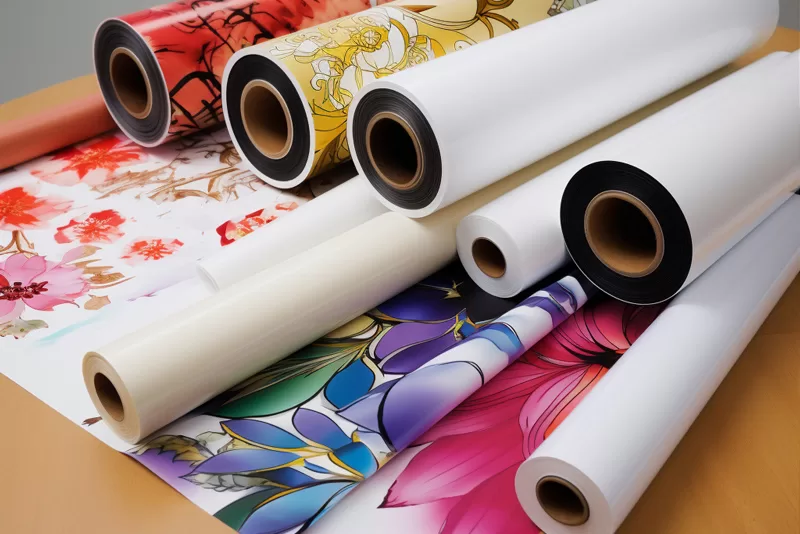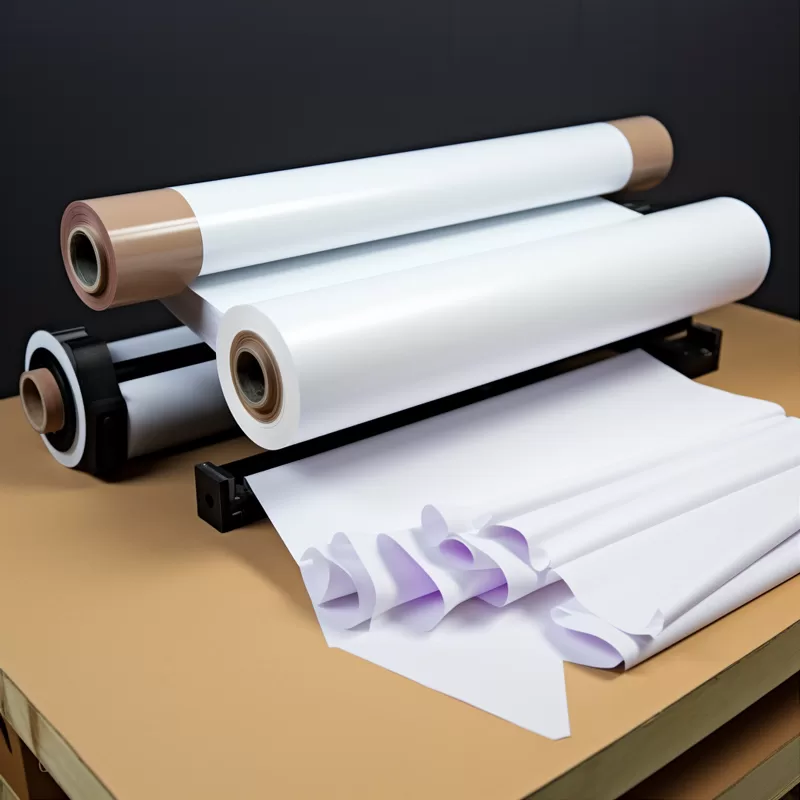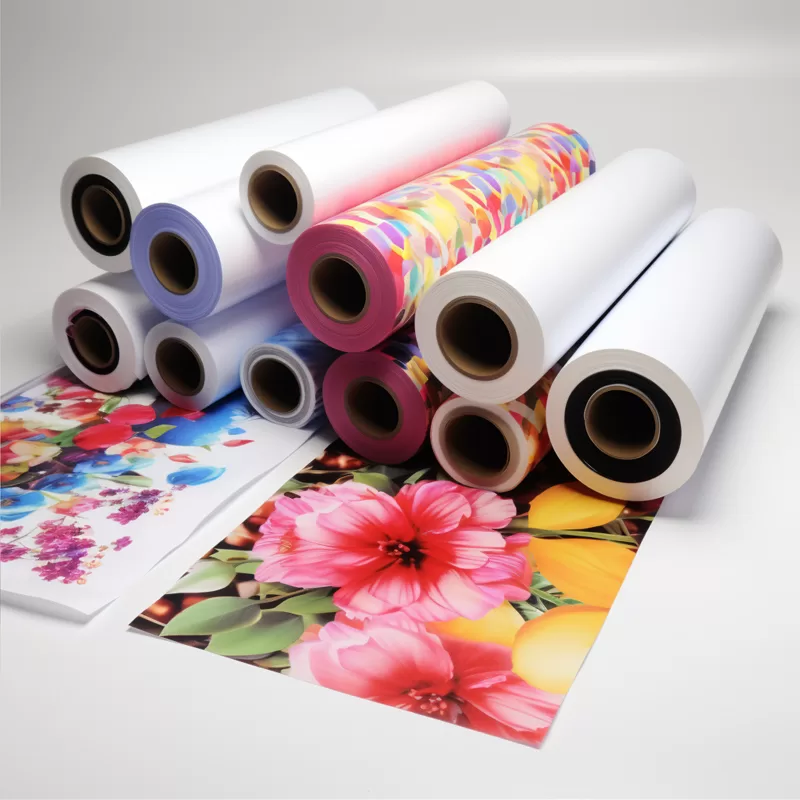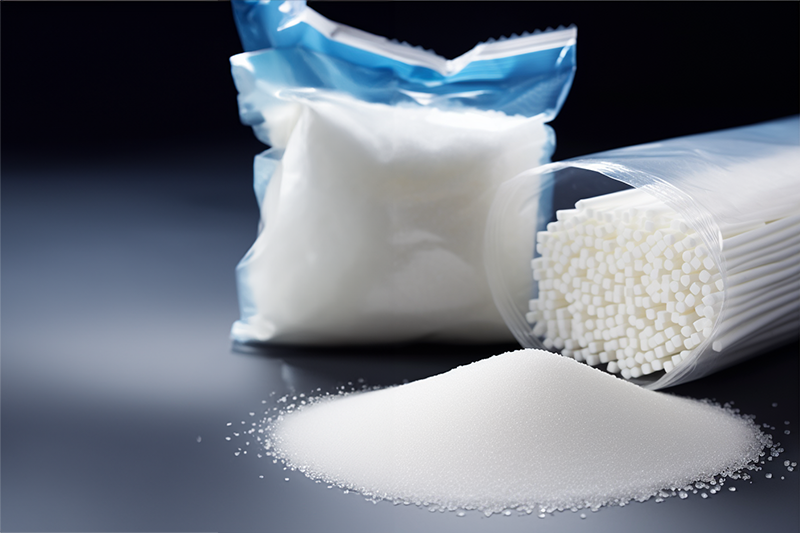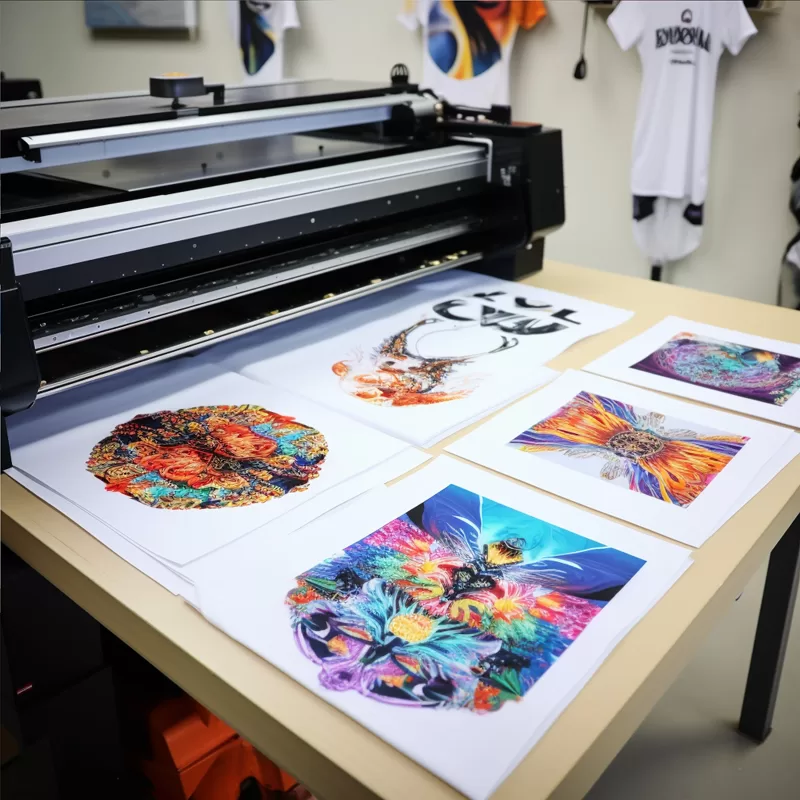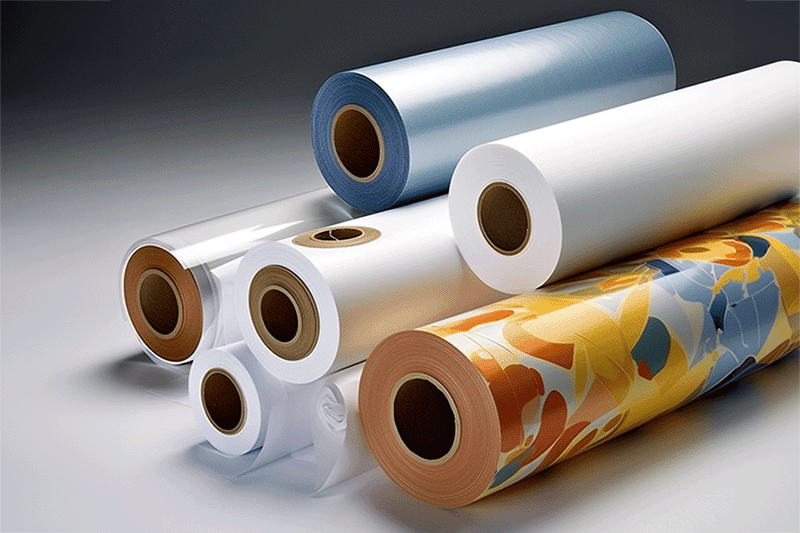Printable HTV (Heat Transfer Vinyl) Paper, also known as Printable Heat Transfer Paper, is a type of transfer paper used for textile printing. It offers an innovative approach to fabric customization and opens up new possibilities for designers and manufacturers. In recent years, research and development have continued to explore the various applications and potentials of printable HTV papers in textile printing. Let's take a deeper look at some of the innovative applications being researched in this field.
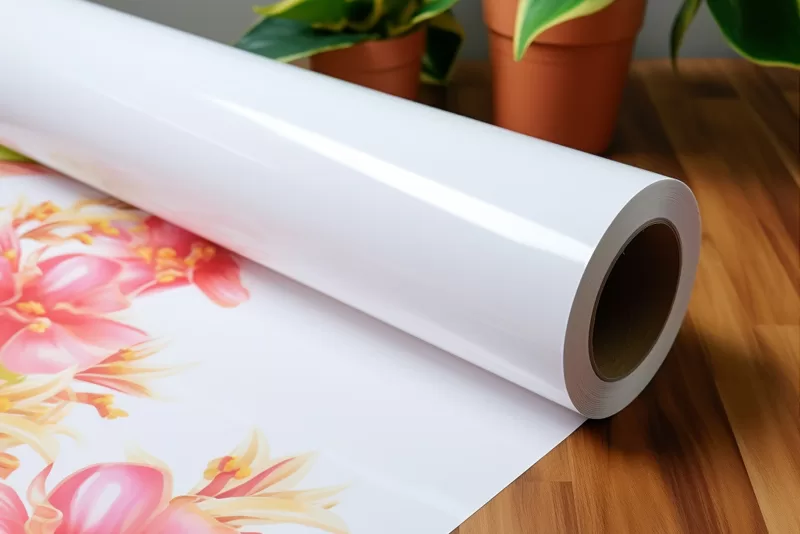
1. Intricate and detailed designs: Printable HTV paper can print intricate and detailed designs that may be difficult to achieve with traditional screen printing methods. With the ability to accurately reproduce fine lines, gradients and small details, designers can easily create intricate patterns and images on textiles.
2. Photorealistic printing: Advances in inkjet printing technology have made it possible to use printable HTV paper to achieve photorealistic printing on fabrics. This opens up opportunities for textile designers to create stunning visuals, simulate textures, and reproduce high-resolution photographs on textiles.
3. Multicolor and Gradient Effects: Printable HTV paper allows seamless mixing of multiple colors and gradients in textile printing. This means designers can explore vibrant color schemes, create smooth transitions between colors, and achieve unique visual effects that were previously difficult to achieve.
4. Customization and personalization: One of the main advantages of printable HTV paper is its ability to facilitate customization and personalization of textile printing. This technology makes it easier than ever to print personalized designs, names or logos on textiles, making it ideal for personalized apparel, team jerseys, promotional items and more.
5. Small batch and on-demand production: Printable HTV paper provides a cost-effective solution for small batch and on-demand production in textile printing. Unlike traditional methods that require a screen and setup, printable HTV paper can be printed quickly and efficiently in small runs without high setup costs. This makes it suitable for custom orders, limited edition collections and niche markets.
6. Integrate with digital workflows: Printable HTV paper integrates well with digital workflows, making it compatible with computer-aided design (CAD) systems and digital printing processes. This integration enables designers to create and print their designs directly from digital files, reducing the time and effort required for manual preparation and setup.
7. Sustainable and Eco-friendly Printing: As sustainability becomes more important in the textile industry, researchers are exploring eco-friendly options for textile printing. Printable HTV paper offers the potential for more sustainable printing practices by using water-based inks and reducing the overall waste generated during the printing process.
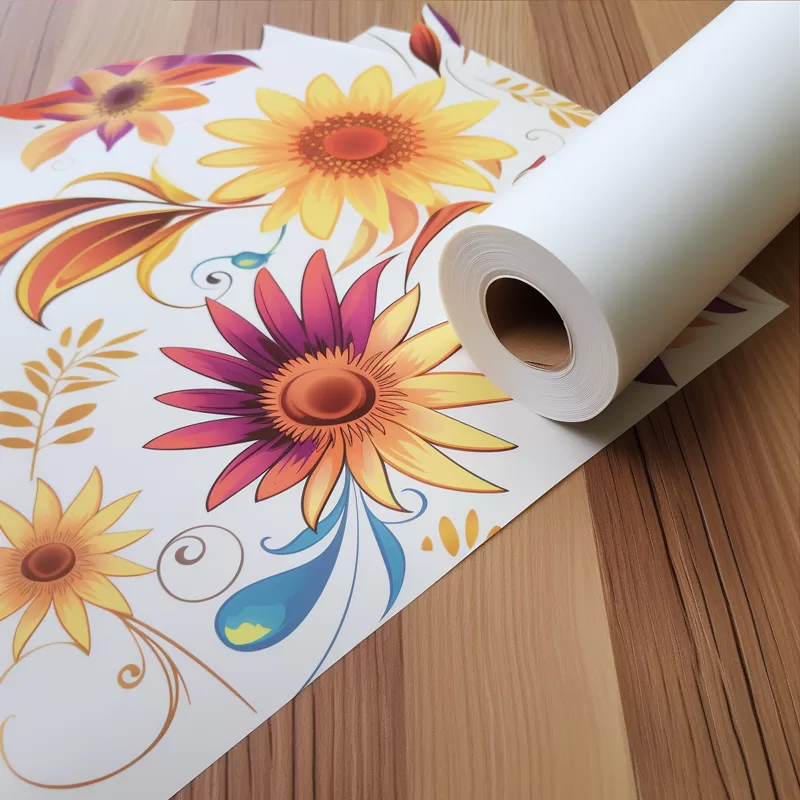
In conclusion, ongoing research in the field of printable HTV papers is expanding the possibilities of textile printing. From intricate and detailed designs to lifelike prints and customization options, this innovative technology offers new avenues for creativity and personalization in the textile industry. As the technology continues to advance, we can expect to see further integration, sustainability and exciting applications of printable HTV papers in textile printing.

